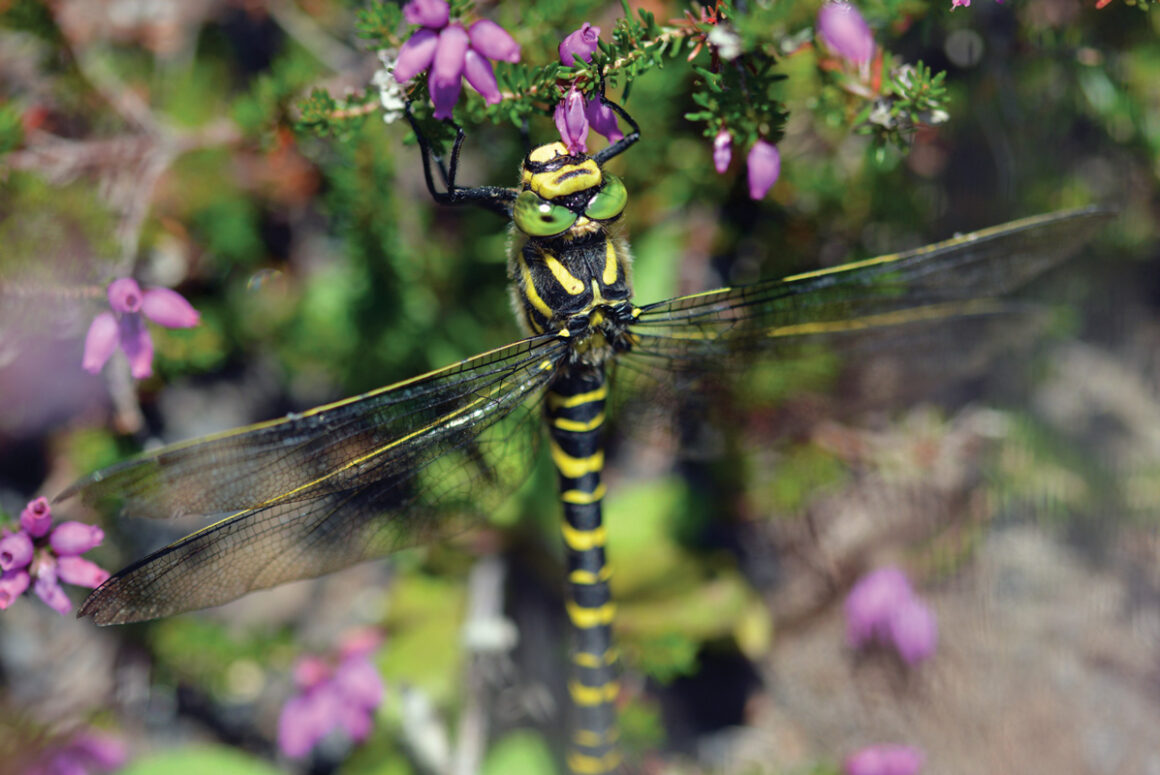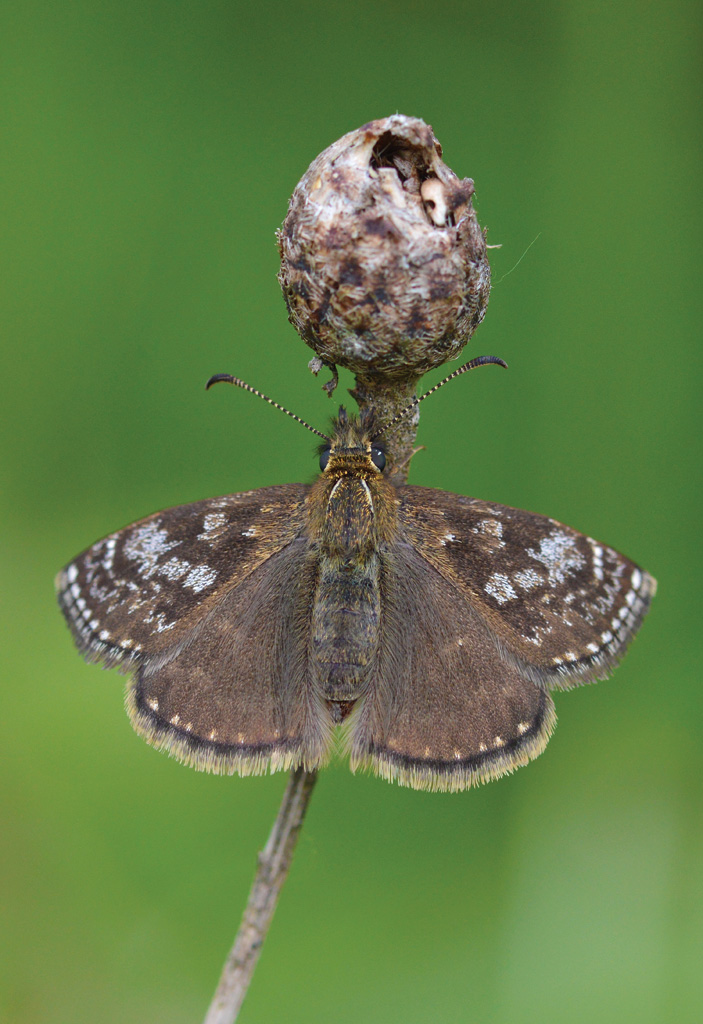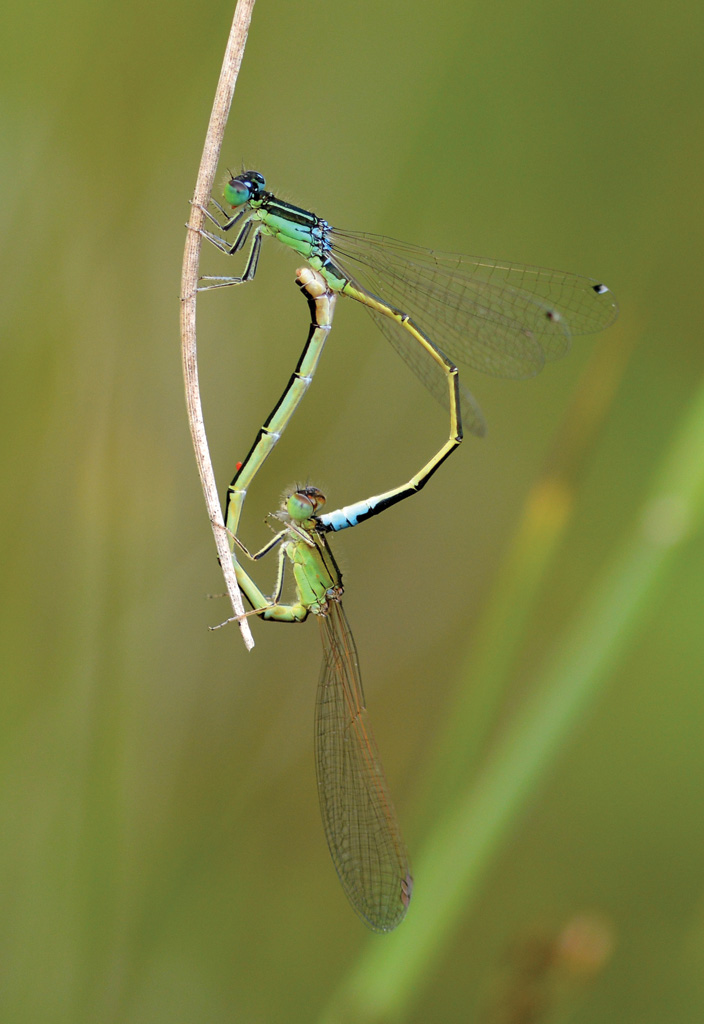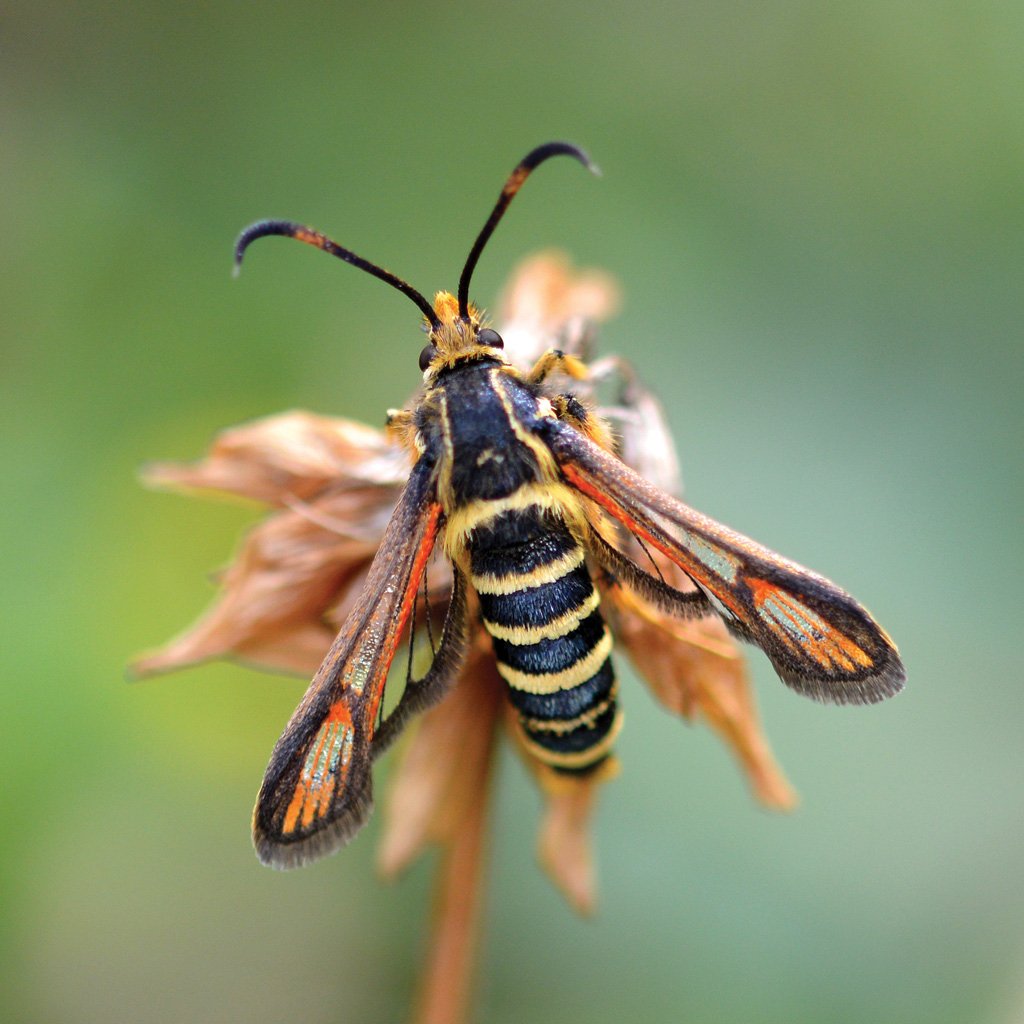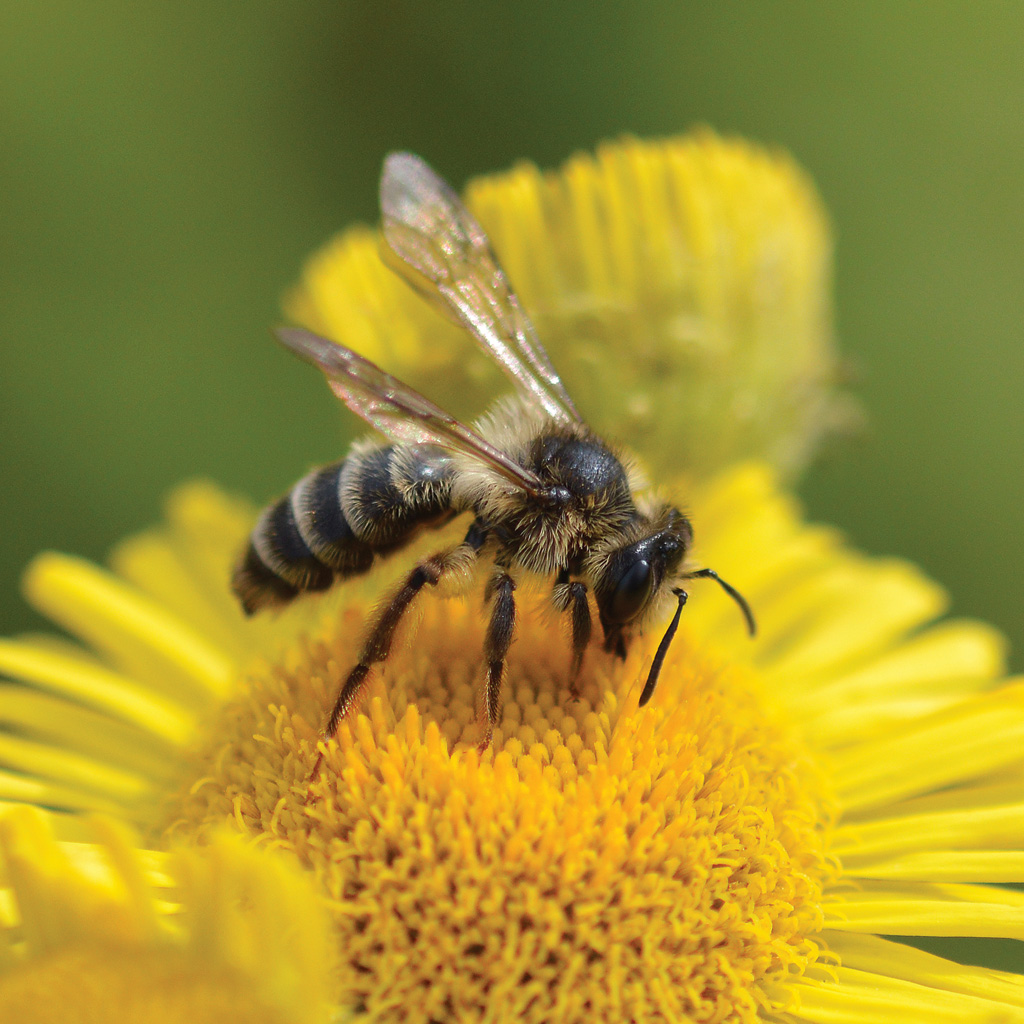Above: The Golden-ringed Dragonfly (Cordulegaster boltonii) is Britain’s longest dragonfly and is the most commonly encountered dragonfly species on coal tips. Both sexes are unmistakeable with their bright-green eyes and black bodies baring broad yellow bands alternating down the length of the abdomen. Adults are voracious predators that feed on various flying insects including bumblebees, beetles, wasps and even other dragonflies. Largely found in the uplands, this species breeds in small, acidic streams and is on the wing from May to September.
*First published in Welsh Country Magazine, Jan – Feb 2018
My name is Liam Olds and I am 25 years old*. Since a child, I have been enthralled by the wonders of the natural world. Growing-up in the south Wales valleys, my fascination for natural history began on old coal tips. Spending many hours each day exploring my local colliery site, I became astonished by the diversity of wildlife right on my doorstep, much of which was going unnoticed by local people. The site became an almost personal nature reserve for me, a place where I could explore and indulge in nature. A passion for wildlife that developed as a result led me to pursue a career in nature conservation. I now run the Colliery Spoil Biodiversity Initiative, a project that aims to raise awareness of the important biodiversity value of coal tips in order to aid their conservation. Photography is an element of my work that I use to promote these sites and help change the often negative public perception associated with them. As an entomologist, my interest lies in insects and so, much of my photography reflects this. Insects and other invertebrates are often overlooked in favour of more charismatic species such as birds and mammals. Insects can be as equally interesting and beautiful though.
If you would like to find out more about my project, please visit my website and social media accounts:
Twitter: @collieryspoil
Instagram: @collieryspoil
Photo Gallery
Left: Despite its name, a freshly-emerged Dingy Skipper (Erynnis tages) is rather beautiful with a subtle pattern of browns and greys. This small, moth-like butterfly is extremely well camouflaged on the bare ground on which it likes to bask. It has experienced a serious decline in recent years and is therefore a priority species for conservation efforts. It is found in range of open sunny habitats where the main larval food plant – Common Bird’s-foot-trefoil (Lotus corniculatus) – grows within sparse grassy vegetation in full sun.
Right: The Scarce Blue-tailed Damselfly (Ischnura pumilio) is a small damselfly usually found in shallow wetland sites such as bog pools or slow-flowing water fed by seepages and flushes. This species is easily mistaken for the more common Blue-tailed Damselfly (Ischnura elegans). However, the ‘blue tail’ is closer to the tip of the abdomen in Scarce Blue-tailed males, covering parts of three abdominal segments. Females lack the ‘blue tail’ and are either greeny-brown when mature or bright orange when immature. Both sexes also have a two-toned pterostigma (wing spot). It is on the wing from May to September.
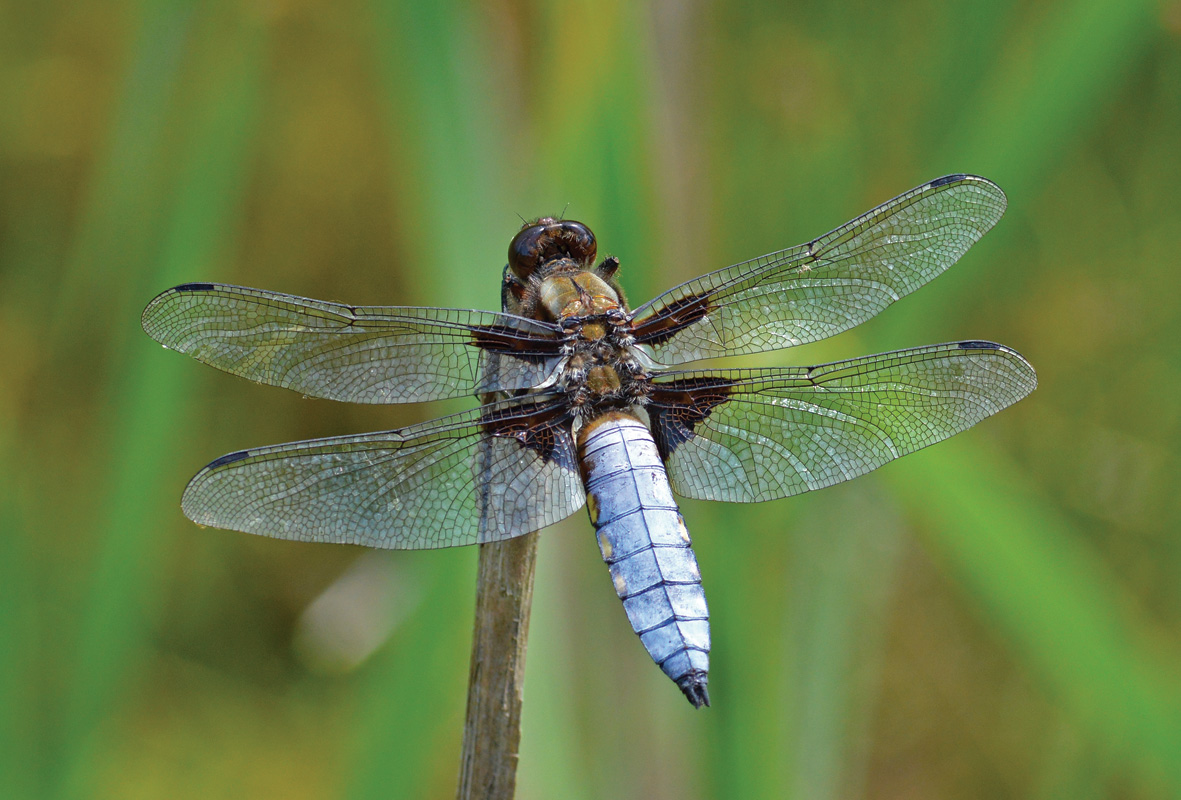
The Broad-bodied Chaser (Libellula depressa) is a common and widespread dragonfly often found around ponds and small lakes. It is often easily approachable because of its tendency to return to the same low perch after swift flights along the pond margins. The broad, flattened body of the broad-bodied chaser is distinctive. Males have a powder-blue body with yellow spots along the sides and a dark thorax, while the female is greeny-brown.
Left: The Six-belted Clearwing (Bembecia ichneumoniformis) is a nationally-scarce day-flying moth which is on the wing between June and August. Both sexes have yellow banded abdomens, with males having six yellow abdominal bands and females only five. Coal tips with an abundance of Common Bird’s-foot-trefoil (Lotus corniculatus) often support this species, the larvae of which feed inside the roots of the plant.
Right: The Grey-banded Mining Bee (Andrena denticulata) is a widespread but rather localised solitary bee. On the wing between July and September, this bee is often observed visiting yellow Asteraceae flowers such as those of Ragwort and Common fleabane. Nesting occurs in sparsely vegetated, often sandy ground. This is one of over 90 different bee species recorded on Welsh coal tips in recent years.
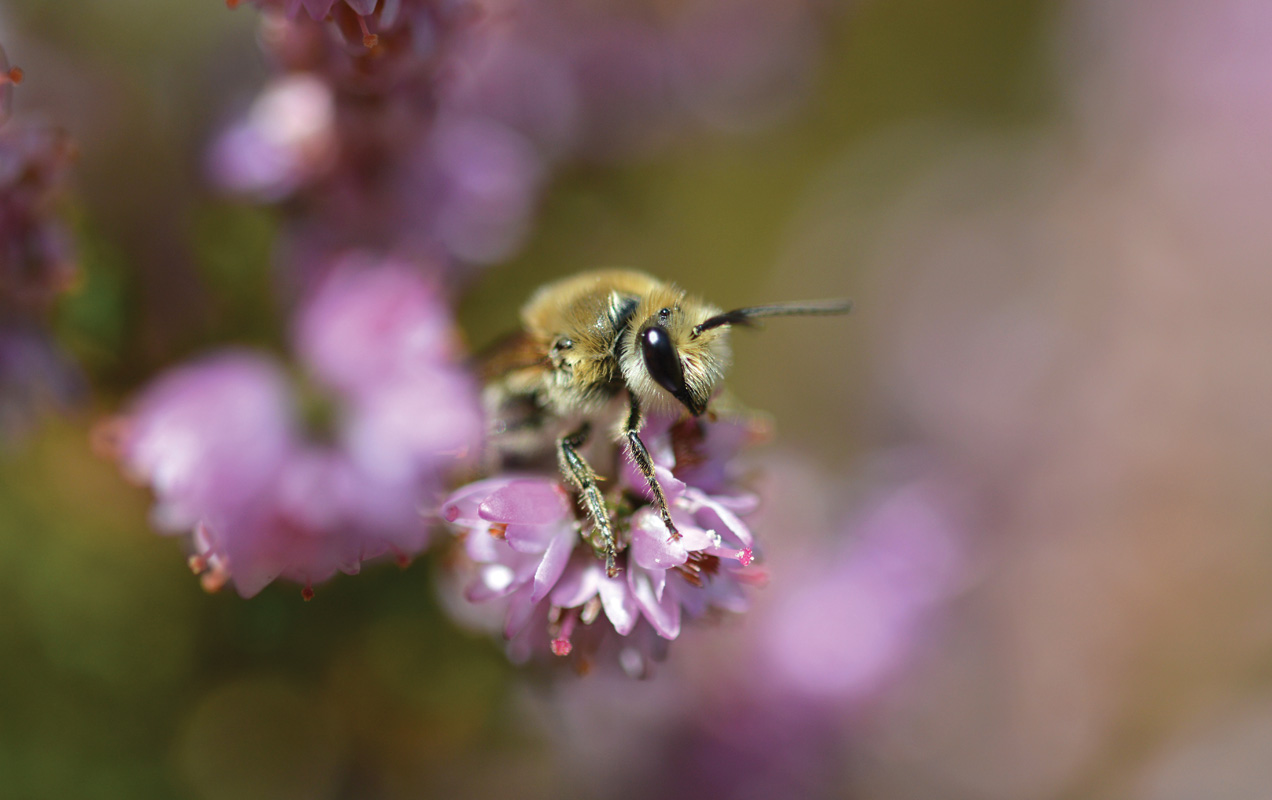
The Heather Colletes Bee (Colletes succinctus) is one of over 225 solitary bee species found in the UK. Being solitary, it does not live in colonies like bumblebees and honeybees do. Emerging in summer, this species times its emergence with the flowering of heathers, especially Ling Heather (Calluna vulgaris) which is its main pollen source. Nesting occurs in sandy ground, typically slopes and banks, and the dry spoil of coal tips provides ideal nesting habitat for this species.

The Adder (Vipera berus) is the UK’s only venomous snake. These secretive and well-camouflaged reptiles are readily overlooked but thrive on our coal tips. As ‘cold-blooded’ creatures, they gain energy by basking in the sun. The black spoil of coal tips readily absorbs heat from the sun, providing ideal basking opportunities for this magnificent creature.


